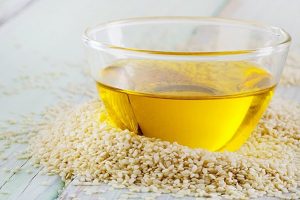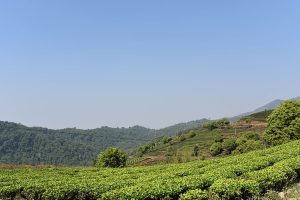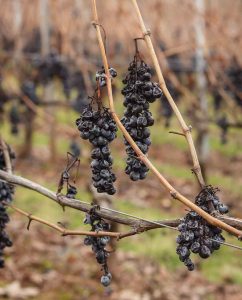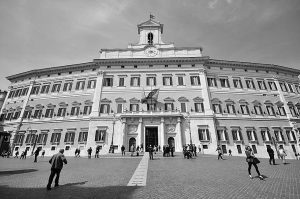Grapevines and Climate World
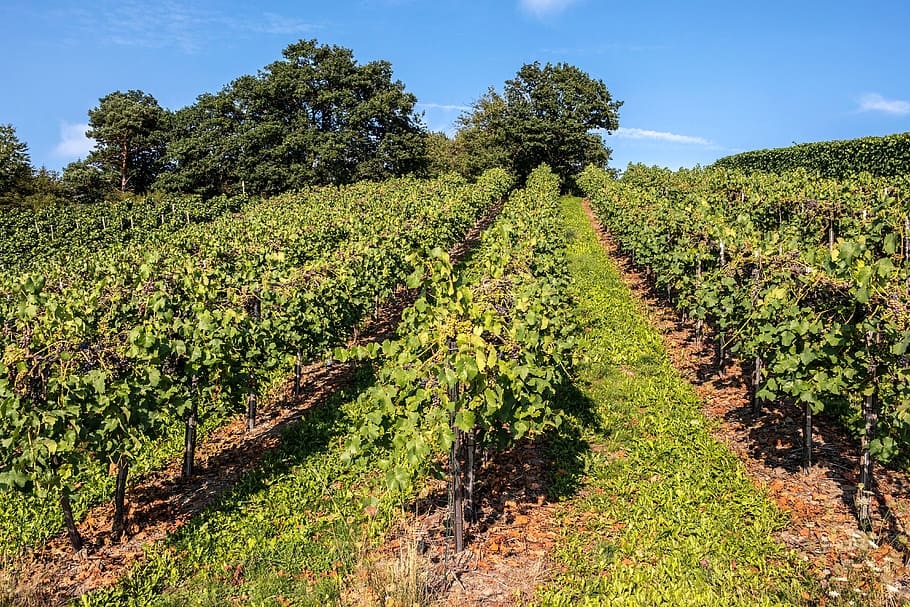
Grapevines (Vitis vinifera) are very responsive to their surrounding environment with a seasonal variation in yield of 32.5%.
Climate is one of the key controlling factors in grape and wine production, affecting the suitability of certain grape varieties to a particular region as well as the type and quality of the wine produced.
Wine composition is largely dependent on the mesoclimate and the microclimate and this means that for high quality wines to be produced, a climate-soil-variety equilibrium has to be maintained.
The interaction between climate-soil-variety will in some cases come under threat from the effects of climate change. Identification of genes underlying phenological variation in grape may help to maintain consistent yield of particular varieties in future climatic conditions.
Of all environmental factors, temperature seems to have the most profound effect on viticulture as the temperature during the winter dormancy effects the budding for the following growing season.
Prolonged high temperature can have a negative impact on the quality of the grapes as well as the wine as it affects the development of grape components that give colour, aroma, accumulation of sugar, the loss of acids through respiration as well as the presence of other flavour compounds that give grapes their distinctive traits.
Sustained intermediate temperatures and minimal day-to-day variability during the growth and ripening periods are favourable. Grapevine annual growth cycles begin in spring with bud break initiated by consistent day time temperatures of 10 degrees Celsius.
The unpredictable nature of climate change may also bring occurrences of frosts which may occur outside of the usual winter periods. Frosts cause lower yields and effects grape quality due to reduction of bud fruitfulness and therefore grapevine production benefits from frost free periods.
Organic acids are essential in wine quality. The phenolic compounds such as anthocyanins and tannins help give the wine its colour, bitterness, astringency and anti-oxidant capacity.
Research has shown that grapevines exposed to temperature consistently around 30 degrees Celsius had significantly lower concentrations of anthocyanins compared to grapevines exposed to temperatures consistently around 20 degrees Celsius.
Temperatures around or exceeding 35 degrees Celsius are found to stall anthocyanin production as well as degrade the anthocyanins that are produced.
Furthermore, anthocyanins were found to be positively correlated to temperatures between 16 – 22 degrees Celsius from veraison (change of colour of the berries) to harvest.
Tannins give wine astringency and a “drying in the mouth” taste and also bind onto anthocyanin to give more stable molecular molecules which are important in giving long term colour in aged red wines.
As the presence of phenolic compounds in wine are affected heavily by temperature, an increase in average temperatures will affect their presence in wine regions and will therefore affect grape quality.
Altered precipitation patterns are also anticipated (both annually and seasonally) with rainfall occurrences varying in amount and frequency.
Increases in the amount of rainfall have will likely cause an increase in soil erosion; while occasional lack of rainfall, in times when it usually occurs, may result in drought conditions causing
Rainfall is critical at the beginning of the growing season for the budburst and inflorescence development while consistent dry periods are important for the flowering and ripening periods.
Increased CO2 levels will likely have an effect on the photosynthetic activity in grapevines as photosynthesis is stimulated by a rise in CO2 and has been known to also lead to an increase leaf area and vegetative dry weight.
Raised atmospheric CO2 is also believed to result in partial stomatal closure which indirectly leads to increased leaf temperatures.
A rise in leaf temperatures may alter ribulose 1,5-bisphosphate carboxylase/oxygenase (RuBisCo) relationship with carbon dioxide and oxygen which will also affect the plants’ photosynthesis capabilities.
Raised atmospheric carbon dioxide is also known to decrease the stomatal density of some grapevine varieties.
Cultivation variations
The gradually increasing temperatures will lead to a shift in suitable growing regions.
It is estimated that the northern boundary of European viticulture will shift north 10 to 30 kilometres (6.2 to 18.6 mi) per decade up to 2020 with a doubling of this rate predicted between 2020 and 2050.
This has positive and negative effects, as it opens doors to new cultivars being grown in certain regions but a loss of suitability of other cultivars and may also risk production quality and quantity in general.
wikipedia
